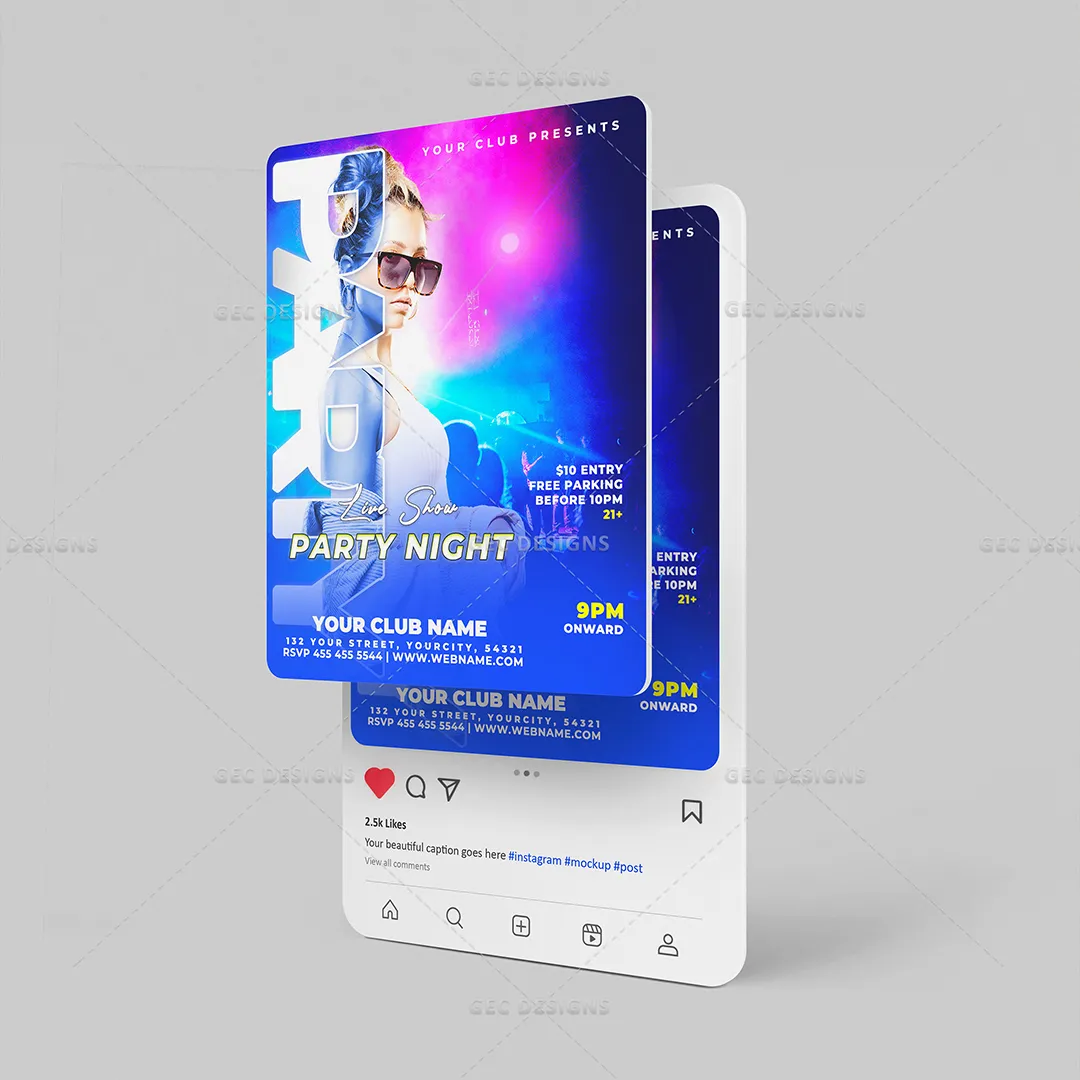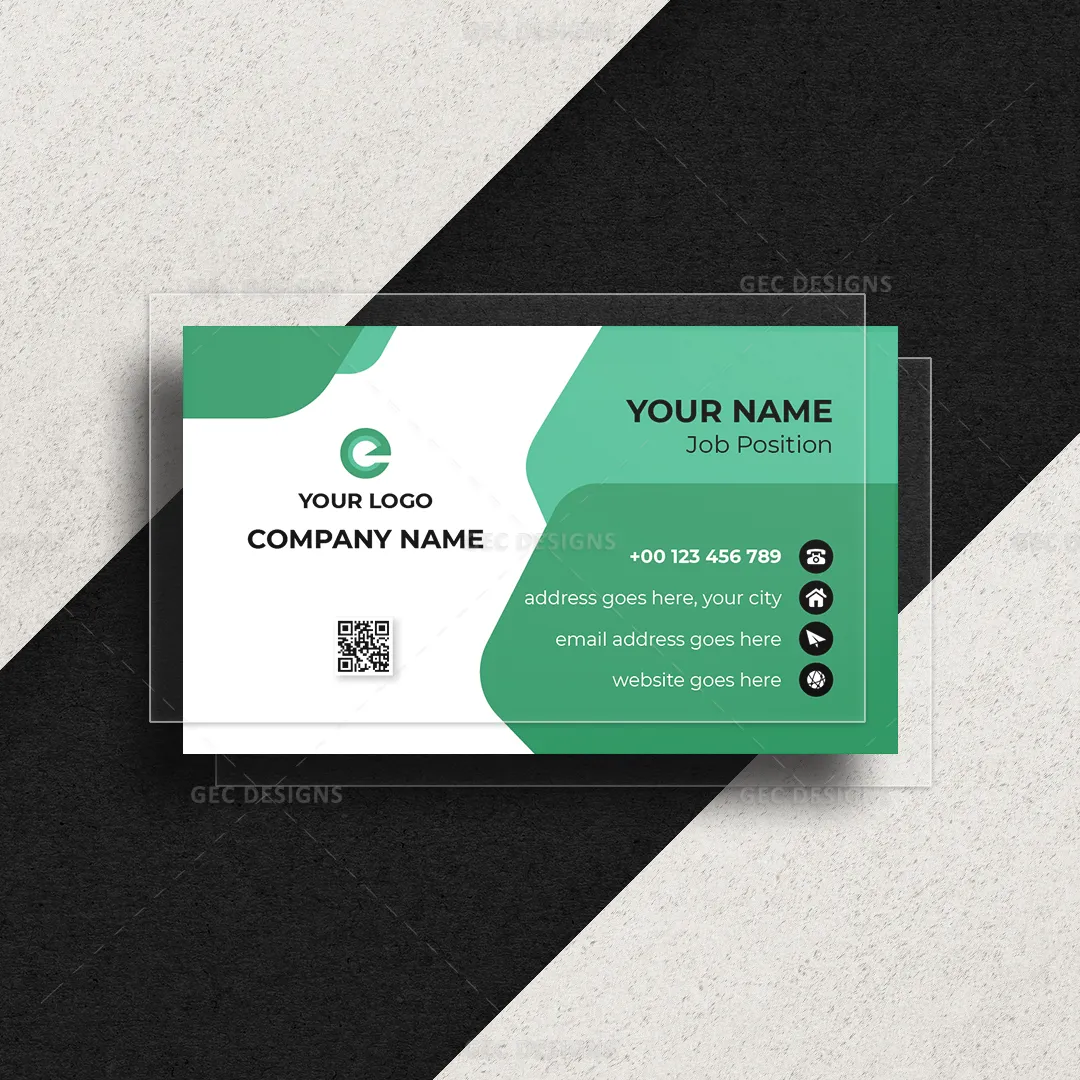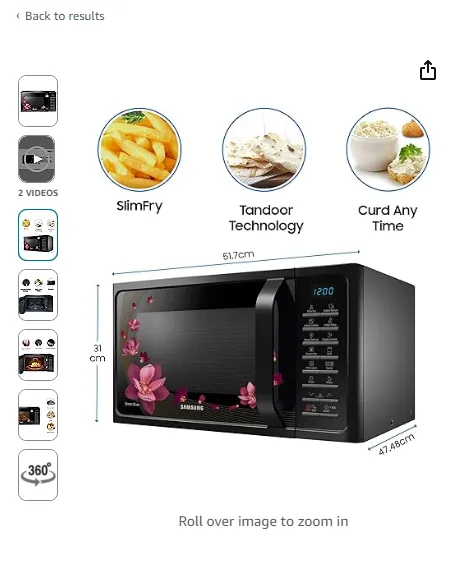Amazon SEO - 7 Tips to rank your products higher on Amazon
As an Amazon seller, you have to increase your Amazon rank and sales to increase your profits. When shoppers search for products that are related to your products on Amazon, and if your product isn’t on the first page or near the top of the search results, you miss out on sales opportunities.
How to rank your products higher in search results? This is where Amazon SEO comes to help. In this guide, we will cover 7 strategies that you can use to rank your products higher on Amazon and generate more sales.
What is Amazon SEO?
Amazon SEO is the process of optimizing product listings to increase their chances of ranking high for Amazon’s search results. With the help of Amazon SEO, you can improve your product & brand visibility for search, drive more traffic to your product listings, and boost sales.
Tips to improve SEO on Amazon
Here we’ve listed some strategies to improve your rank on Amazon,
- Keyword optimization
- Product title optimization
- Product description optimization
- Use high-quality product images
- Use backend keywords
- Product pricing optimization
- Encourage reviews & ratings
Keyword optimization
Keywords allow Amazon search engine can understand what your product is. Keywords are the terms that you have to use in your Title, Bullet points, and product descriptions. Without the right keyword, your product won’t show up for the shoppers.
Put yourself in the shopper’s shoes and think about what words or phrases will they type into the Amazon search box to find the products they want.
Here are two methods you can use for keyword research,
Amazon’s auto-complete feature
Amazon’s auto-complete feature is a great way to find popular long-tail keywords related to your product. Once you type the seed keyword in the search box, it will suggest relevant and related terms. For more keyword ideas, hit space after a seed keyword and add prepositions like for, to, on, with, and without after a seed keyword.
Analyze your competitor’s keywords
Analyzing your competitor’s keywords is another way to find the keyword ideas for Amazon product listings. Experiment with similar searches on the Amazon search box to understand the search term of your competitor. Consider the keywords which were used by multiple competitors, they are highly valuable keywords.
Product Title optimization
Your product title is the most important thing and it is the first thing people will see on the Amazon search engine result page. Without an optimized title your product may not be found by potential customers. Your title is a headline of your product and it should offer the information about your product. A strong, clear, and compelling title will help you attract the right customers.
Best practices for product title includes,
- The title can be up to 150 – 200 characters but the recommended length is 80 characters. So that the title is displayed on mobile devices.
- Avoid using all caps. Capitalize the first letter of each word except conjunctions, prepositions, and articles,
- Use numerals ( Example: use “2” instead of “Two” )
- Titles can include necessary punctuation, like hyphens (-), forward slashes (/), commas (,), and periods (.).
- Spell out measure words such as “cm”, “oz”, “in”, and “kg”.
Amazon product title format
To create a perfect title, there are certain formats that you can use as guidelines. Amazon suggests that sellers include some basic elements on product titles such as Brand, Size, Type of material, and other details. The format depends on the category what you are selling in and the product type.
Here are some more style recommendations from Amazon:
- TVs: Brand + Model Number + Product Type + (Color/Pack Size)
- Laptops and Desktops: Brand + Model Number + PC Type + (Processor Speed + MB of Ram + Hard Drive Size + Optical Drive)
- Jewelry: Brand + Product Category + Gender + Metal type + Shape + Material + Product Type.
- Bedding: Brand + Line/Pattern + Thread Count + Material + Size + Product Type, Color
- Bath towels: Brand + Line/Pattern + Material + Product Type + Quantity, Color
- Individual pieces of tableware: Brand + Pattern + Size + Product Type
- Cooks’ Gadgets and Tools: Brand + Model Number if necessary + Model Name + Product Type, Color
- Cutlery and cookware: Brand + Line + Size+ Product Type
Don’ts in the product title
- Don’t use pricing or seller information
- Don’t use subjective words, like “Best Seller”
- Don’t use Promotional messages, like “Free Shipping”
- It must not contain symbols or fancy characters like,! * $ ? #
- Refrain from using ASCII characters such as © or ®
- Don’t use excessive words
- Don’t stuff keywords in your title
Learn the 7 Amazon SEO tips that can enhance your product rankings and increased profits. These strategies range from keyword optimization to encouraging reviews and ratings.
Product description optimization
Your product description is the best place to add your primary long-rail keywords. While writing the product description, you need to include all the important features that people look for such as Product features, Uses, Dimensions, Warranty information, and Care instructions.
Make sure you have a clear product description. Keep your description persuasive to convince shoppers to take action. Shoppers typically hate reading large chunks of text, so you have to make your product descriptions as concise as possible. We recommend preferring bullet points over lengthy descriptions.
Best practices for writing product description
- Highlight the top five features that you want your customers to consider, such as age-appropriateness, Size, and warranty information
- Focus on one benefit per bullet point
- Amazon limits 200 characters per bullet point, so make sure you highlight the important information in a compact format.
Don’ts in the product description
- Don’t stuff your keywords in the product description, Amazon’s algorithm will catch you. Anyways you selling your products to humans, not to algorithms. Am I right?
- Do not enter company-specific information
- Do not include website URLs, contact information, or email addresses.
- Do not include promotional language and pricing information
- Do not include details about another product that you sell. Amazon policy prohibits including the seller, company, or shipping information
Use high-quality product images
Whether you are selling on your website or Amazon, product images play an important role in attracting shoppers and increasing sales. Remember that your product image can communicate more than product titles, and product descriptions.
Amazon allows you to include a maximum of nine images for your product listing, however, only seven images will be visible on your listing. (six images and one video is ideal). It is recommended that you utilize all the available slots to showcase the significant features of your product.
Best practices for product images
- Images must accurately represent the product
- Use high-resolution images. Amazon allows shoppers to zoom closely on product images. So picture quality matters here. The resolution should be at least 72 dpi.
- Make sure all the images are on a white background
- Use square images. Image dimensions should at least be 1,000 pixels (1,000 x 1,000)
- Use only photos. No illustrations or graphics are allowed to be used.
- Show your products from multiple angles. Make sure shoppers have a visual tour of your product.
- You can also use product videos and 3D product images to increase conversions.
- Amazon accepts JPEG, TIFF, or GIF file formats
- The image can’t include text, borders, logos, or watermarks
Use Backend keywords
Sellers on Amazon are given the option to submit a set of keywords on the backend to increase the chances of their products being discovered. These keywords can have a maximum length of 250 characters and are not visible on the main listing. It provides an excellent opportunity for sellers to cover all their base keywords.
Here are some tips for using Amazon backend keyword fields,
- Include alternate names, synonyms, and abbreviations as backend keywords. Create queries that your target audience is likely to search.
- Aim for keywords that are not used in the product title and description. You can also include search terms related to your products.
- Don’t use commas, because you have limited characters only so don’t waste them on punctuation.
- Don’t repeat your keywords in a phrase.
- Don’t use words like cheapest, amazing, best, new, or sale. Amazon doesn’t allow these.
- Use only lowercase letters and separate words with a space.
- Add relevant keywords in different languages.
Product pricing optimization
The price of a product is one of the important factors that influence conversion rate and sales. Amazon displays the price of products in search results, making it easy for shoppers to compare prices. Additionally, Amazon keeps a constant check on the prices of the products sold on its marketplace. Therefore, it is vital to maintain a competitive price for your product. If your price isn't competitive enough, you may not receive many clicks.
Ask yourself one simple question, before determining a price for your product. If a competing seller is offering the same or a similar product at a much lower price, why would shoppers choose to buy it from you? Moreover, if your product doesn't perform well in terms of conversion, Amazon may display it less often in search results, which can adversely affect your sales.
The right price point will help maximize conversions. You don’t want to be too high, or too low, compared to your competitors, and set the right price for your product. If your product is new to the market, keep your price fairly low compared to your competition in a short time to generate nice reviews and sales. You can also offer discounts to boost click-through rates.
Setup Amazon’s automated pricing rules help you to automatically update the price based on specific events. It helps your products stay competitive and it is an excellent option for sellers who want to grow their business.
Encourage reviews & ratings
Customer reviews are a great indicator to determine your search position. Positive reviews mean better click-through rates and better conversion, and that leads to better ranking in search results. Shoppers trust products with higher ratings. According to a recent study, 95% of online shoppers read online reviews before purchasing.
Include a thank you note and ask customers to leave a review on each package you send. Amazon also offers an easy way to gather reviews from your shoppers. To request a review from a shopper, all you need to do is simply click on the "Request a Review" button next to the order. Once clicked, Amazon will automatically send a review request email to the customer.
Conclusion
I hope that this comprehensive guide has equipped you with a thorough understanding of the intricate world of Amazon SEO. By delving into the nuances of Amazon's search engine optimization and implementing these best practices, you are poised to substantially enhance the visibility of your products within Amazon's expansive search ecosystem. However, it's vital to recognize that Amazon SEO is a journey, not a destination. It's an ongoing commitment that requires continuous effort and dedication to uphold your position and consistently outperform your competition. With persistent diligence and the knowledge acquired from this guide, you can propel your products to new heights and maintain a strong presence within the highly competitive Amazon marketplace.

Rajanarthagi
Content writer and Marketer
An enthusiastic SEO expert, passion for digital marketing with two years of expertise in writing Digital Marketing and SEO content. She is a Master of Business Administration graduate from a reputed university in south India. Her passion for SEO and online marketing helps her to stay up to date with the trends and strategies. Follow her on social media sites, to stay up to date with SEO, and Digital Marketing, Updates. To contact Raji, visit the contact page.
















